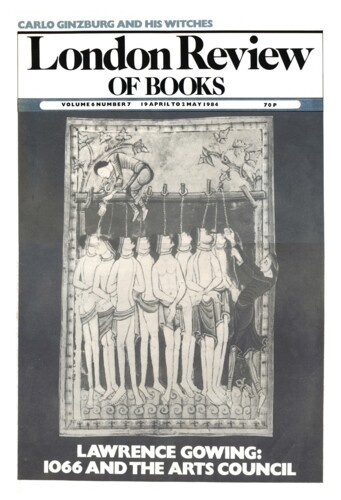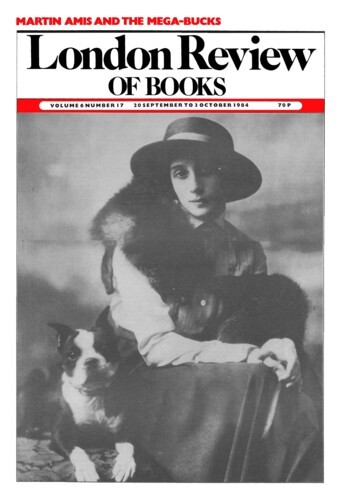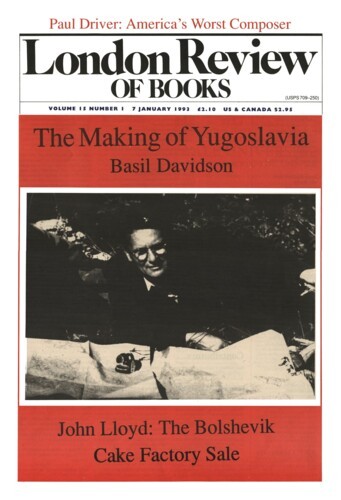The Benefactor
Nicholas Wade, 19 April 1984
How are scientific discoveries made? By geniuses, thinks the public. By great men, say historians of science. By giving us enough money, scientists tell their governments. Scientific discovery is evidently a dimly understood process. The new biography of Alexander Fleming by Gwyn Macfarlane sheds some unusual light on the fog. One reason for the prevailing lack of understanding is that the canons of writing in professional scientific journals – the ‘scientific literature’ – enforce a style of reporting that is profoundly anti-historical. They forbid reference to person, place or motive, and strongly discourage descriptions of chronological action. As a record of what a historian needs to know, the scientific literature is usually of little help. Because the deliberately impersonal voice of scientific communication conceals the real details of how an experiment was conceived, only by word of mouth within the scientific community does news flow as to who deserves the real credit. This grapevine, however, is not a great deal more accurate than any other system of organised gossip. Despite the importance to scientists of receiving due recognition for their discoveries, the prize distribution system is sometimes surprisingly crude and inaccurate. Credit tends to gravitate to the senior scientists because it is they who sit on the grant and prize committees and they tend to assume the lab chief deserves credit for what comes out of his laboratory. The Nobel Prize for the discovery of insulin went to John Macleod and Frederick Banting, whereas it was Banting and Charles Best who did the critical experiments, and James Collip who extracted the insulin; Macleod was the lab chief.–





